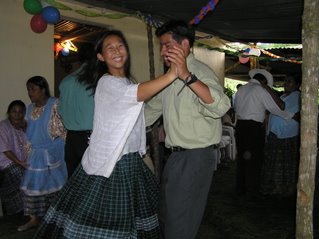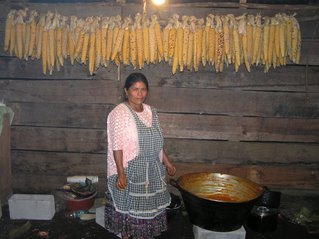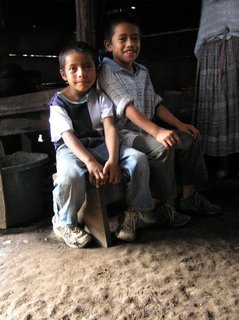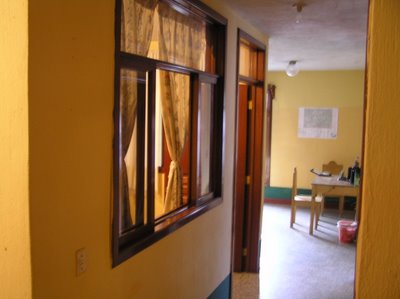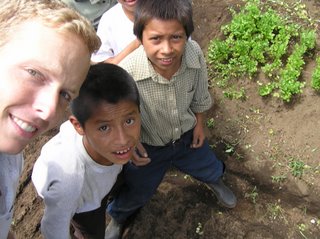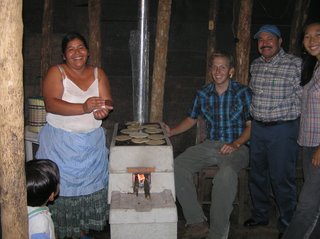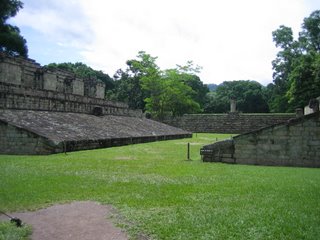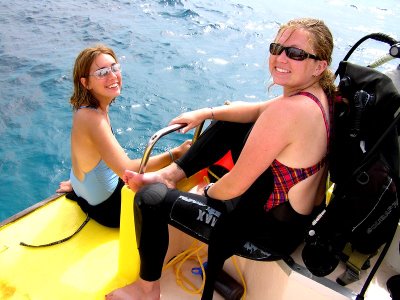
For starters, transitions suck. Although I’m just starting the new job, it feels good to be doing one thing. On top of that, all the goodbyes are over. Being in Coban over such an extended period of time lends itself to seeing a lot of people come and go. After awhile, you just have to start establishing limits. i.e. if someone is only working here for a couple months, they are really not worth the investment of getting to know. Anyways, all the major goodbyes are over and I’m definitely turning another page down here.
With respect to work, the last two months on the cooperative were all over the place. I traveled pretty much every weekend for job training and tried to get everything finished at the cooperative during the week. Busy as it was, I felt good with where I was by the time I left. My schools are handling the gardening projects on their own and the cooperative is doing a great job with the tourism project.
However, the biggest part about leaving is saying the goodbyes. The almost two years working at the cooperative went by surprisingly quick. With that, convincing people we won’t be seeing each other anymore was difficult. You just get used to being there, and one day, it’s up and over. With that, I spent my final couple weeks visiting families, eating with them and talking over the past couple years. On top of that, the cooperative threw us a couple going away parties; one from the administration and another from the tourism students.

Guatemalan going-away parties are almost standardized. I remember how it went for the past volunteers and it was almost the same. Everyone gets up one by one, talks about how much they appreciate what we’ve done, apologizes for anything they might have done wrong and then starts crying. Marsha and I had a week of this and it was very intense. As taxing as my last week was, it certainly made me feel appreciated. Working there, I got used to being around everyone and sort of lost sight of the big picture on my relationship with everyone. They got used to us as much as we did being there, so when it hits that we’re leaving, it hits everyone hard and sort of clarifies how we were seen over the past couple years. I’m glad I’ll be able to see these people over the next year.
This week, I started the new job and it’s exciting. I’m a lot busier and have a lot more responsibility, but it’s all good. I always sort of dreaded having to drive in Gautemala and Monday, I took the wheel for the first time and had to go into the capital. Just call it a baptism by fire. I picked it up surprisingly fast and am comfortable with it all. Over the next couple weeks, I’ll be traveling around Alta and Baja Verapaz trying to get our sites ready for the fall medical missions. Also, we have a major surgical mission this starting a week from now where 40 of our cleft lip and palate patients will be operated in Antigua. It’ll be the first one I see, so I’m really looking forward to it. On the 28th, I’m headed back to KC for a break.
Here´s a pic of my hot new wheels.

And this is the view from my new apartment (it´s actually in the middle of the city, but on the third floor, so I get this sweet view despite the concrete jungle I live in)





























